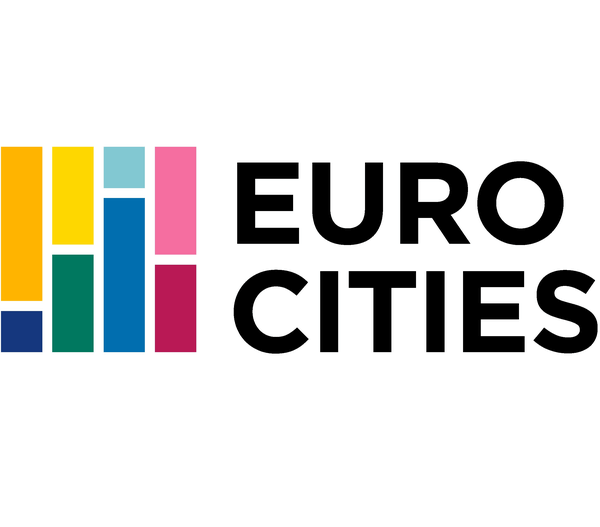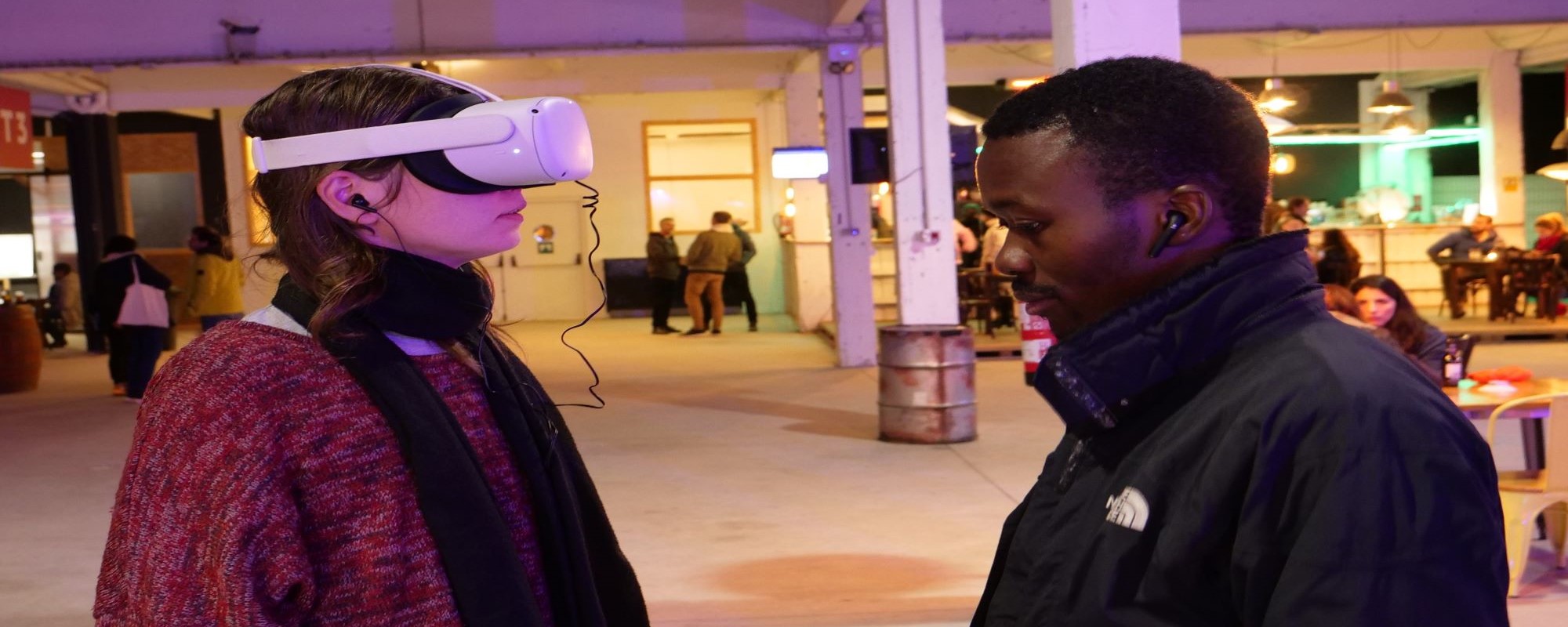 - © Eurocities
- © Eurocities - © Eurocities
- © Eurocities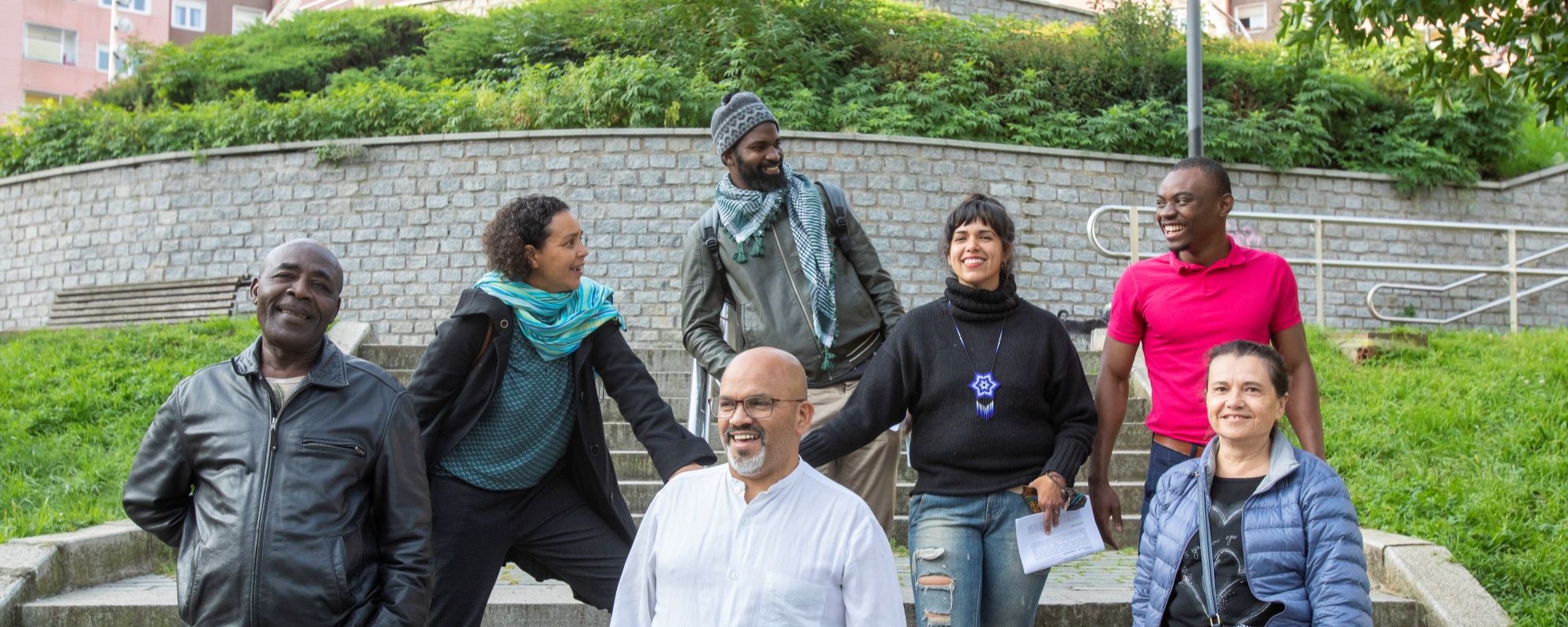 - © Eurocities
- © Eurocities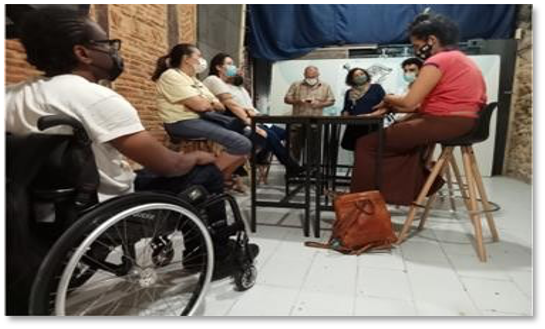 Diversitours - © City of Bilbao
Diversitours - © City of Bilbao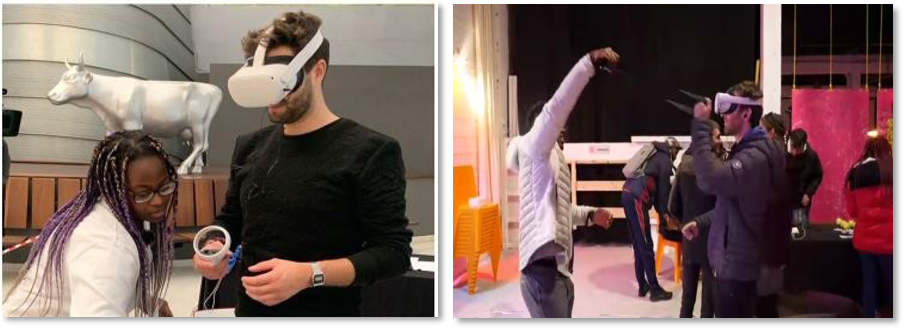 Diversitours - © City of Bilbao
Diversitours - © City of Bilbao Diversitours - © City of Bilbao
Diversitours - © City of Bilbao
City
Bilbao
Main actors
City Government, NGO / Philanthropy, Community / Citizen Group, Research Institutes / Universities
Project area
Whole City/Administrative Region
Duration
Ongoing since 2021
DIVERSITOURS is an intercultural community project that offers guided tours in two formats: on-site and immersive Virtual Reality. These tours highlight the richness and contribution of cultural diversity to the development of three neighbourhoods in Bilbao: Bilbao la Vieja, San Francisco, and Zabala. The project enables participants to explore a territory characterized by high cultural diversity, with a significant history of migration and intercultural coexistence both past and present. The design of content and execution of both on-site and virtual routes is carried out in collaboration with residents of the involved areas. These residents, hailing from diverse origins, guide participants to places and experiences that are full of life and activity yet excluded from the classic tourist tours of the city. Initially promoted by the Bilbao City Council, DIVERSITOURS is currently led by two social entities, KOOP SF34 and the cultural innovation association MOVILTIK. The project also involves the collective of young creators and content developers known as Kamanga Influencers Club.
Eurocities Awards
This project was awarded the 'Eurocities Awards' in 2023 in the following category: Taking the step from human global mobility to local community cohesions.
- Territories with a high component of cultural diversity.
- With a history of past, present and future migrations.
- With a deteriorated social image and social stigma.
- Existence of social, economic and cultural dynamism.
- Neighbourhoods not frequented by the rest of the city’s inhabitants.
- Possibility of identifying the contribution of diversity to the social, economic and cultural development of these territories.
- KOOPSF 34 is a social microenterprises incubator created by people of sub-Saharan origin in the San Francisco neighbourhood. This pioneering project aims to serve as a model of entrepreneurship and social development. It is an organisation with experience in working with migrants who have a strong presence and recognition in the neighbourhoods where the project is being developed. This entity carries out the tasks of coordinating the team of intercultural guides, promotion, development and communication of the project in relation to the on-site routes through the neighbourhoods.
- MOVILTIK Cultural Innovation Association, whose objectives include carrying out participatory social communication projects and promoting the strengthening and participation of citizens in the creation, production, dissemination and distribution of digital content. This association, in collaboration with the KAMANGA Influencers Collective, is leading the design, content development and execution of the visits in virtual reality format. KAMANGA influencers is a community of young people, mainly of sub-Saharan origin, who develop an intercultural communication project in the neighbourhoods of San Francisco, Bilbao la Vieja and Zabala. Their role in Diversitours project has been the design, creation and interaction with the audiences that have participated in the visualisation sessions and embodiment of the citizens of Bilbao with the Virtual Reality work.
- Team of intercultural guides. The people who act as guides in the face-to-face format are residents of the neighbourhood from different backgrounds. Their role in the development of the project has been to participate in the design of the routes and the implementation of the intercultural walks. A total of 10 people have been trained as intercultural guides for the project from the following origins: Zimbabwe, Mexico, Equatorial Guinea, Cameroon, Senegal, Morocco, Colombia and Spain.
- The route designed incorporates different voices of neighbours who develop different projects (entrepreneurs, businesspeople, shops, participants of associations, representatives of different communities, places of worship, etc.).
- Active participation of the visitors in the tours. The people who participate in the tours contribute to the development of content and the expansion of information about the territory by contributing their own visions and additional information that is naturally incorporated into the neighbourhood narrative.
- The opportunity to learn about history of past and present migrations from the hand of its protagonists, migrants.
- An integrating concept of heritage that transcends monuments. The importance of diversity and how it improves community life.
- The opportunity to get to know spaces that are not usually accessed (Mosque, businesses run by migrants, business initiatives, associations, cultural initiatives).
- Project brand design and motto
- Creation of specific material for the routes: This is an easy-to-read map explaining the project and containing an overview and itinerary of the places to be visited with a brief outline of the contents.
- Institutional press releases that have been reflected in local media.
- Municipal Social Networks, mainly through Bilbao, Intercultural City.
- Social networks of the entities linked to the project: KOOP SF34 and MOVILTIK, Instagram, Facebook and Twitter.
- Financial Resources: There is a need for greater financial resources to strengthen and develop the project.
- Dynamic Changes: The high level of social, economic, and cultural dynamism in the project spaces means that the routes must be constantly updated.
- Structural Reinforcement: Work is needed to consolidate and reinforce the coordination and management structures of the project.
- Participants' Proposals: Improvement proposals include reviewing the duration to accommodate a wider audience (e.g., shorter durations for older people), enhancing the audio range of devices, updating shop openings, improving the gender perspective, adjusting group sizes, increasing the representation of different profiles in virtual content, and more.
- Adaptation Needs: There is a need to adapt the VR experience for greater immersion and empathy, and to make certain synchrony adjustments to help users feel more connected and related to the experiences of others.
External links / documents
On Map
The Map will be displayed after accepting cookie policy
